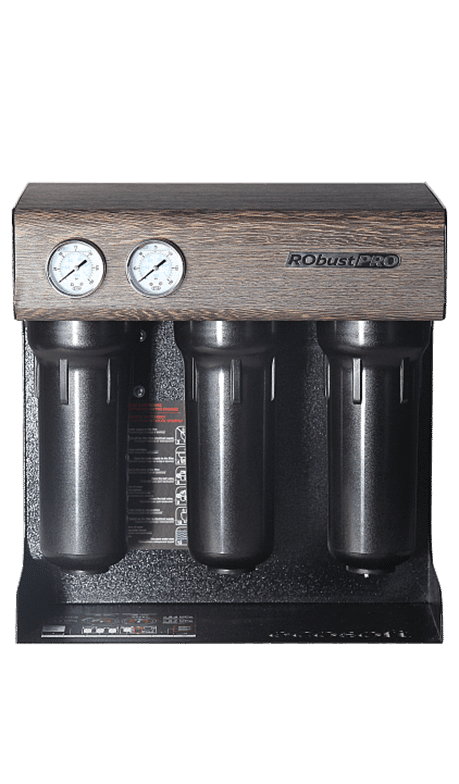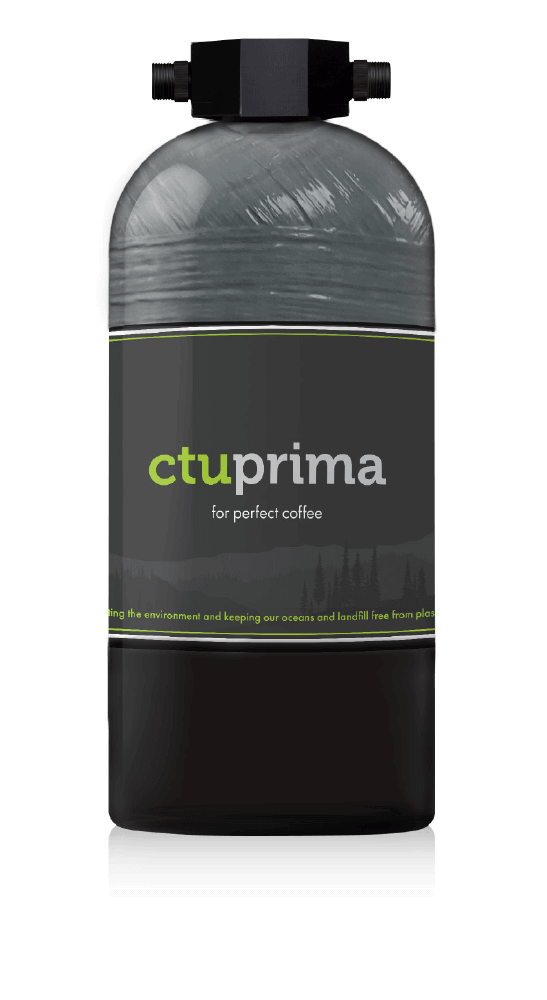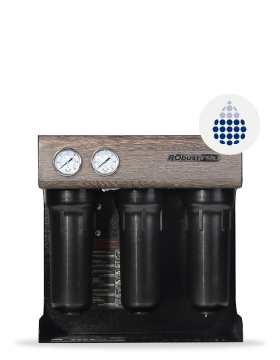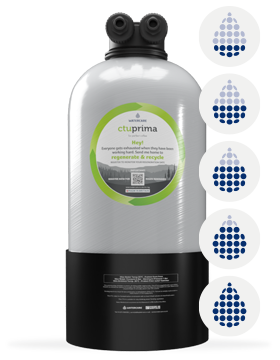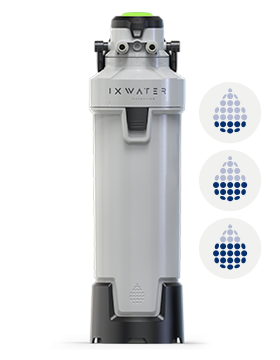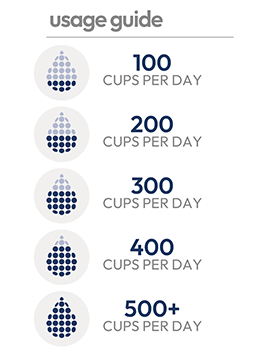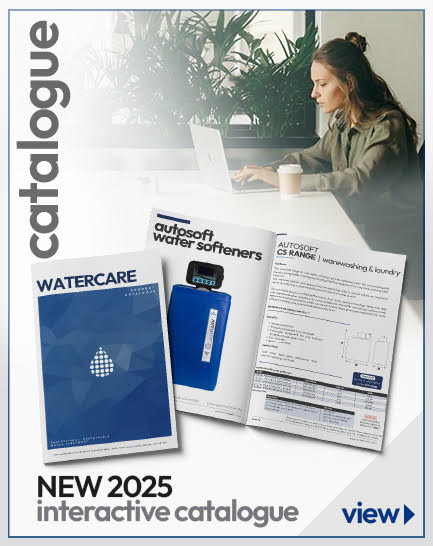coffee & espresso
equipment
the barista’s choice
combi ovens
& steam
preferred by pro chefs
vending &
soft drinks
loved by vending operators
water coolers &
water boilers
perfect for plumbed POU
ice makers
& flakers
ideal for mixologists
waste water &
booster pumps
solutions for pro kitchens
water softeners
& demin units
for warewashing
& laundry
water softeners &
demin units
solutions for warewashing & laundry
leading the way with our in-house recycling facility
Tackling the problem of single-use plastics head on, our recycling centre for professional water filters allows us to recycle, re-purpose and reuse rather than waste!
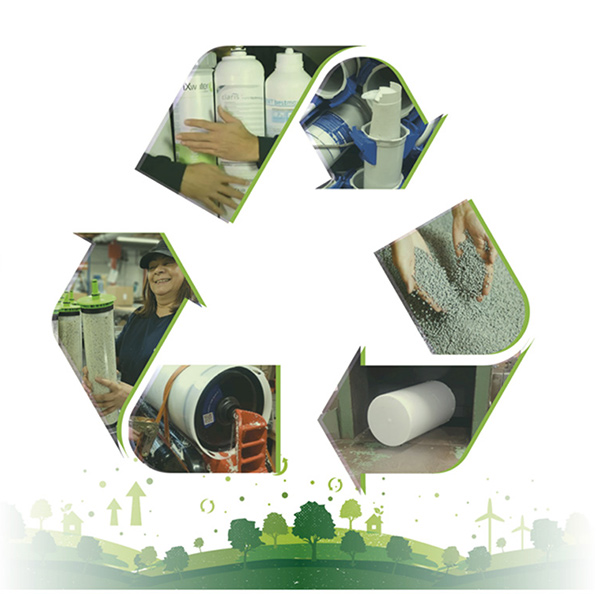
♦ collection
All types and makes of filter recycled
♦ disassembly
Material sorted for recycling
♦ grinding & pellenting
Plastic is ground into pellets for re-use
♦ resin reclaimation
Resin media is reclaimed and regenerated to be used again



